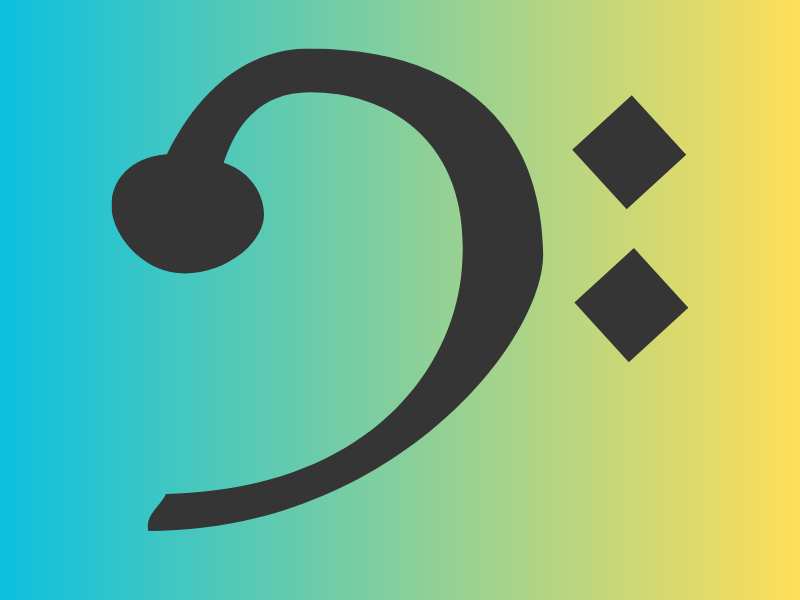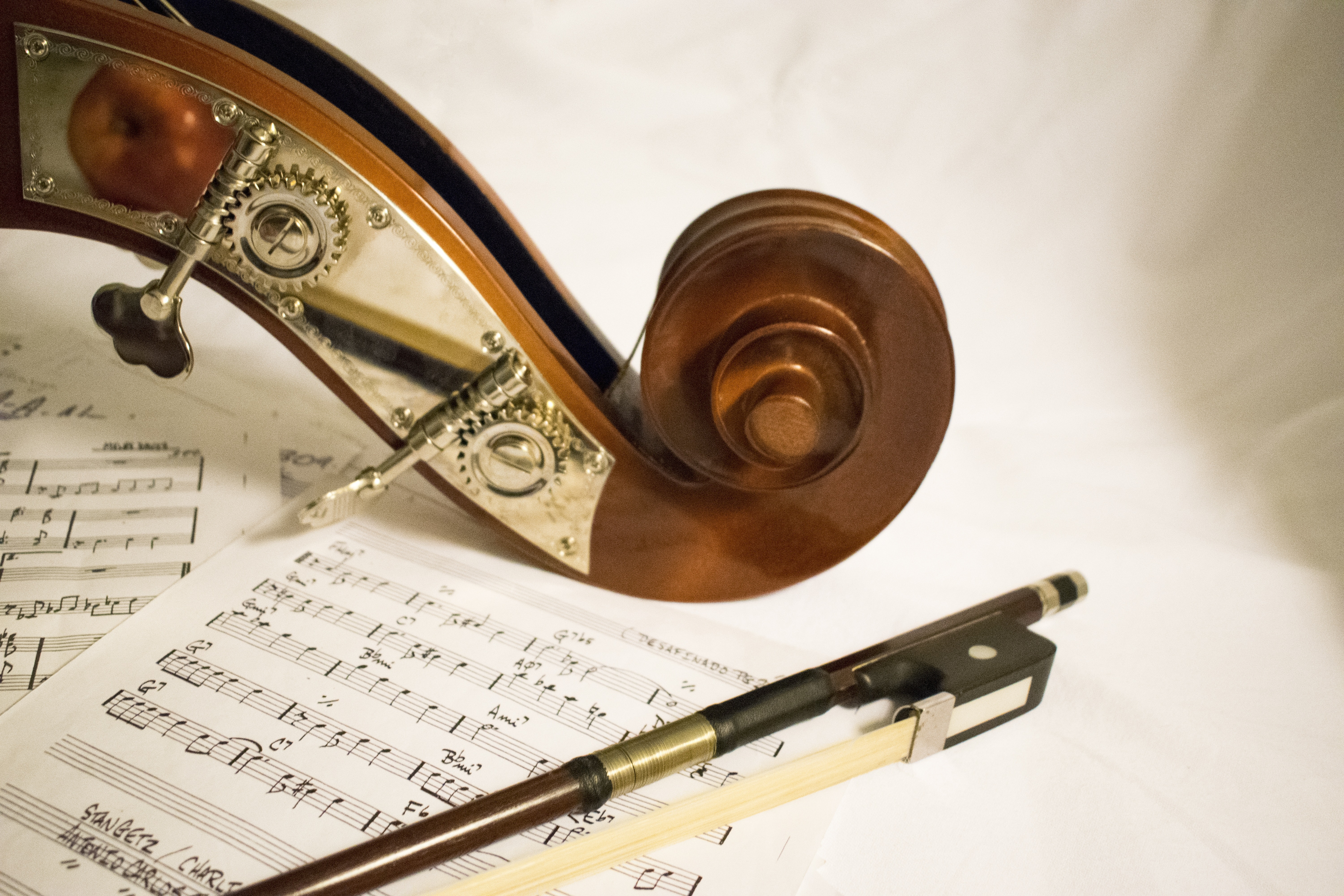Discovering the Bass Clef: Unveiling the Mysteries of Low Notes!
Are you ready to embark on a journey into the realm of the bass clef? We're about to dive into the depths of low notes and unravel the secrets of this captivating musical notation. Let's explore the world of the bass clef!

Content
- The Bass Clef
- Decoding the Bass Clef
- Why Explore the Bass Clef
- Which Instruments Use the Bass Clef
- Conclusion
The Lowdown on the Bass Clef:
You may have noticed those strange-looking symbols at the beginning of sheet music - those squiggly lines and dots that seem like hieroglyphics. Well, fear not! Those peculiar marks are the bass clef, and they hold the key to unlocking the mesmerizing world of lower-pitched musical notes.
The bass clef, also known as the F clef, is often found in the lower registers of the musical staff. Its purpose is to indicate which notes should be played in a lower range. By using the bass clef, composers can convey the richness and depth of music, adding a powerful foundation to any piece.

Decoding the Bass Clef:
Now that we know what the bass clef is, let's decipher how it works. Picture this: imagine you're looking at sheet music, and you spot the bass clef at the beginning of a staff. The squiggle that wraps around the second line from the bottom is the foundation of this clef. This line represents the note F.
How do we know which notes come after F? Just like climbing a ladder, we follow the lines and spaces in a logical order. The lines of the bass clef staff, from bottom to top, represent the notes G, B, D, F, and A. On the other hand, the spaces between the lines hold the notes A, C, E, and G.
When you're starting, it might be helpful to memorize the phrase "Good Boys Deserve Fun Always" for the lines, and "All Cows Eat Grass" for the spaces. These mnemonics give you a great reminder as you navigate the bass clef.
Why Explore the Bass Clef?
You might be wondering, "Why should I bother with the bass clef?" Understanding this clef opens up a whole new world of musical possibilities. By delving into the bass clef, you gain access to the soul-stirring realm of low frequencies. It's like discovering a hidden treasure chest filled with bass guitars, cellos, tubas, and other amazing instruments that rely on this clef.
Moreover, learning to read the bass clef allows you to play with other musicians, whether in a band, orchestra, or ensemble. It's a valuable skill that empowers you to contribute to the overall harmony and rhythm of a musical piece.
Which instruments commonly use the bass clef?:
- Bass Guitar: As the name suggests, the bass guitar is a popular instrument that primarily plays in the lower range. It provides the rhythmic and harmonic foundation in many bands and genres of music.
- Cello: The cello, a beautiful string instrument, is known for its warm and resonant sound. It often takes on the role of a soloist or plays in ensembles like orchestras and chamber groups.
- Tuba: The tuba is the largest and lowest-pitched brass instrument. It adds a deep and rich sound to brass sections in orchestras, bands, and marching bands.
- Double Bass: Also known as the upright bass or contrabass, the double bass is the largest and lowest-pitched instrument in the orchestral string family. It plays a crucial role in providing the foundation for the harmonic structure of a piece.
- Trombone: The trombone is a versatile brass instrument that can play in various registers. While it can read both bass and treble clefs, the bass clef is commonly used for its lower range.
- Baritone Horn: The baritone horn is a brass instrument that resembles a small tuba. It often plays in the bass clef and is a key component of brass bands and concert bands.
- Bassoon: The bassoon is a double-reed woodwind instrument with a deep and rich sound. It plays an important role in orchestras, concert bands, and chamber music groups.
Remember, this is not an exhaustive list, but it gives you an idea of some instruments that utilize the bass clef. Exploring these instruments can be a fantastic way to experience the magic of low-pitched music and truly appreciate the significance of the bass clef.
Conclusion:
By understanding this notation, you've opened doors to a vast array of low-pitched musical wonders. Whether you're playing an instrument, singing, or composing music, the bass clef will be your steadfast companion.
Looking to learn more? You may find our article on the Treble Clef interesting and we also recommend you take a look through our glossary of musical terms, an invaluable guide to help you on your music theory journey.
Still want to learn more? Why not find a music teacher who specialises in music theory to guide you through the intricacies of the bass clef and beyond.

